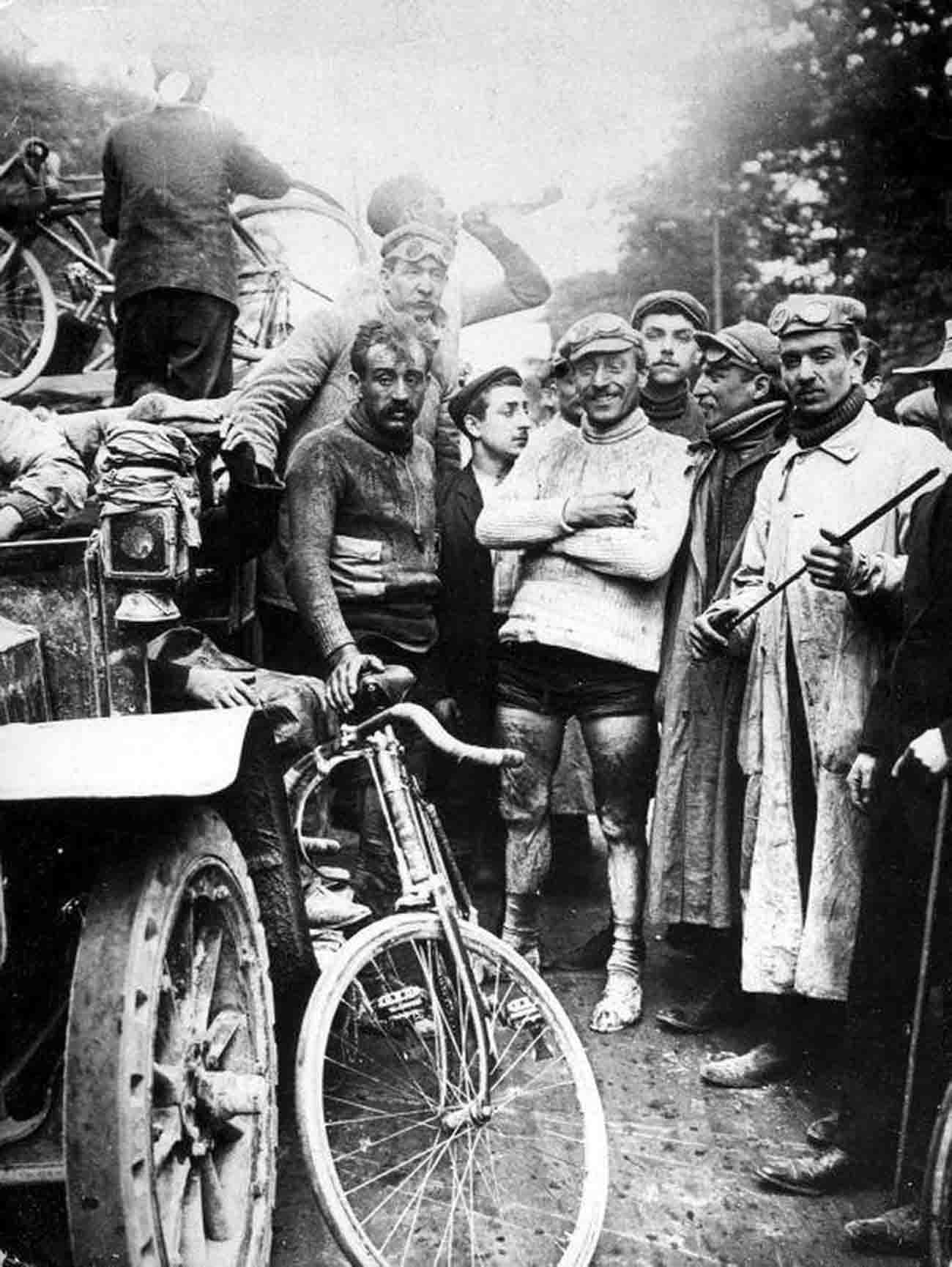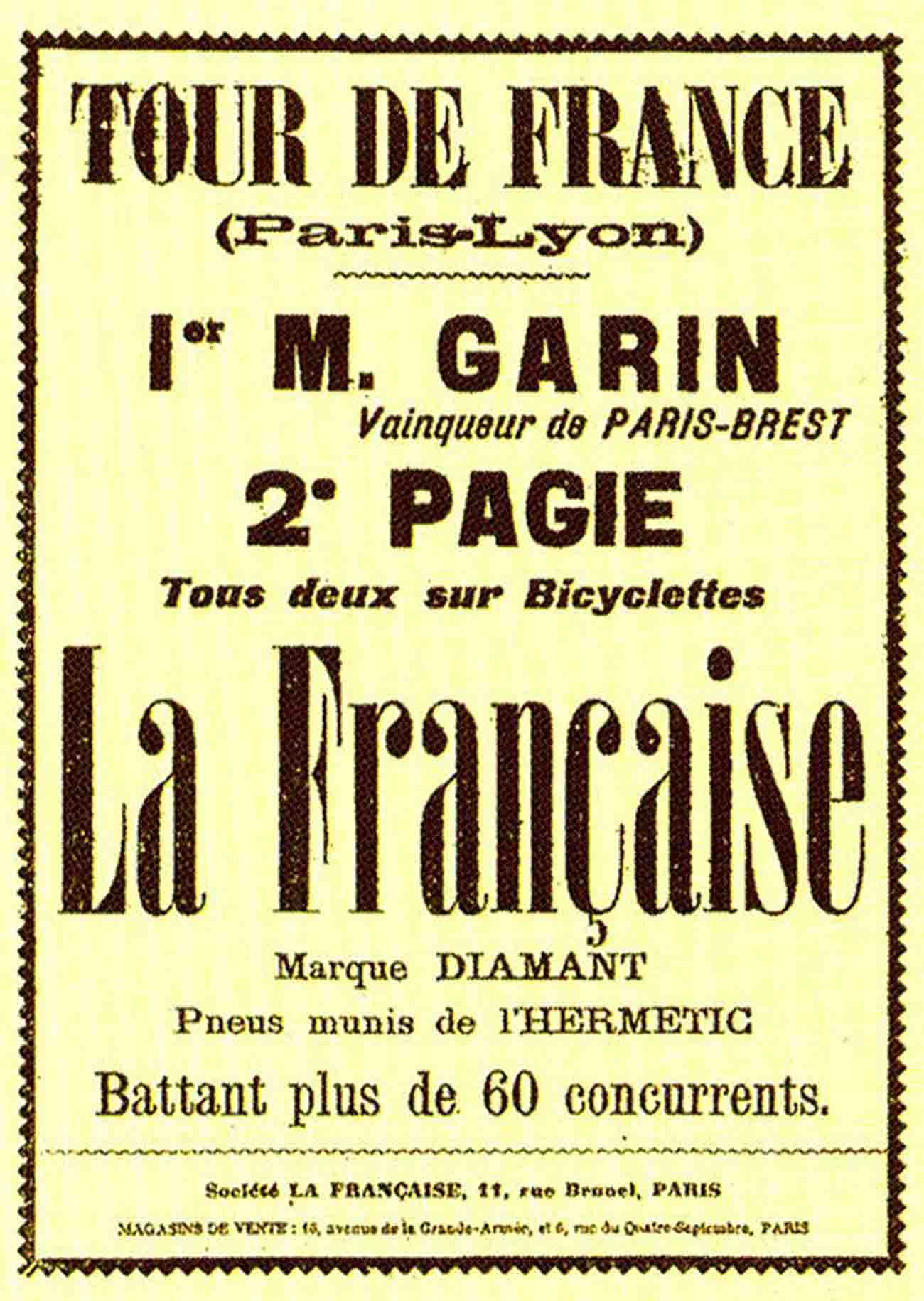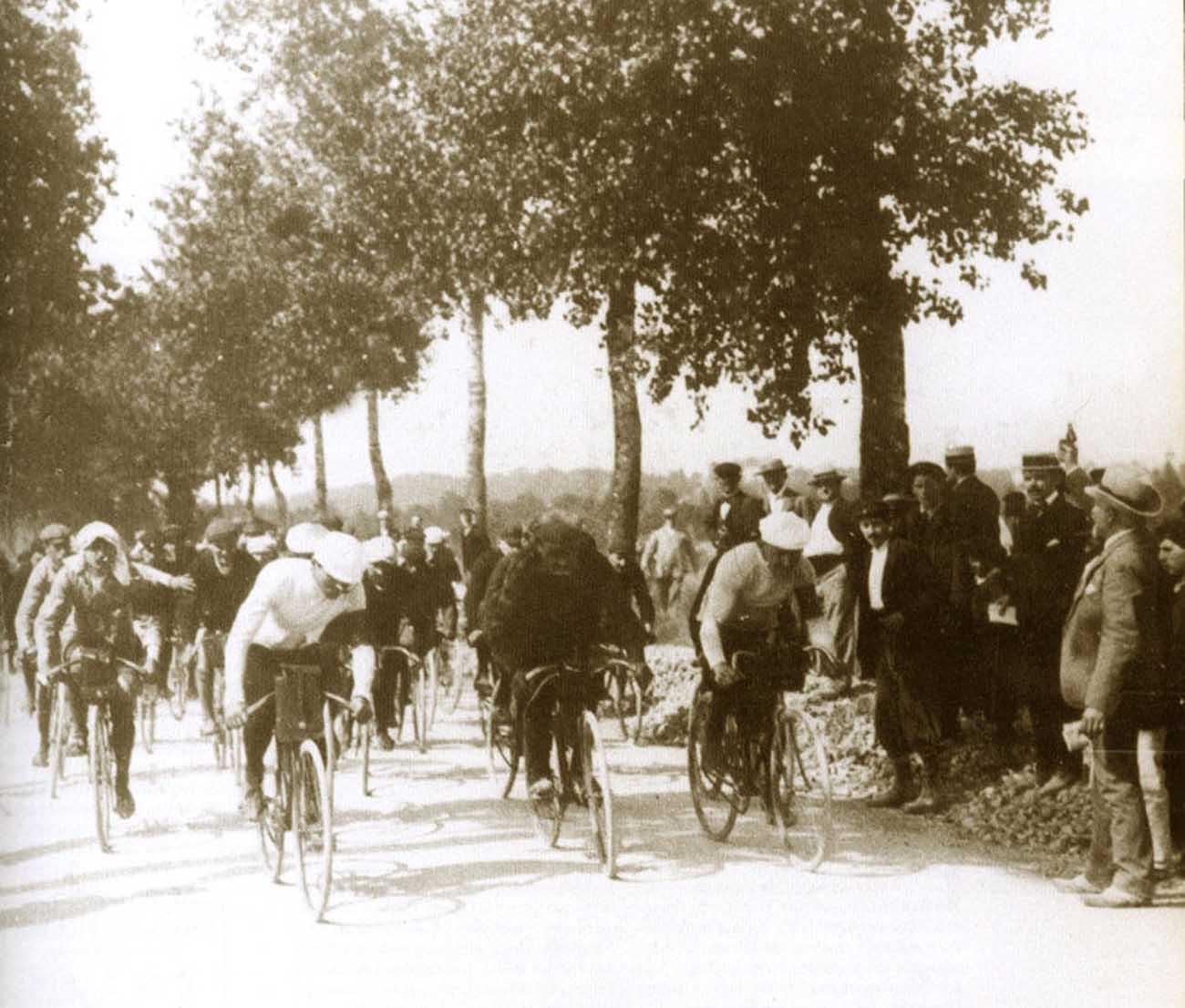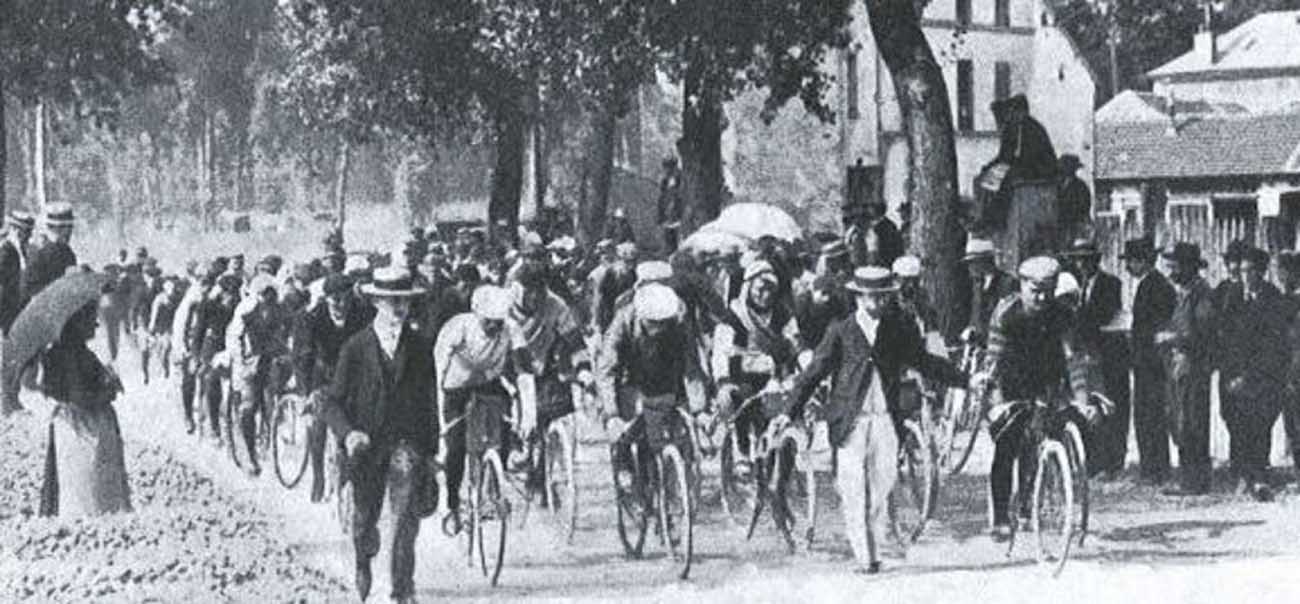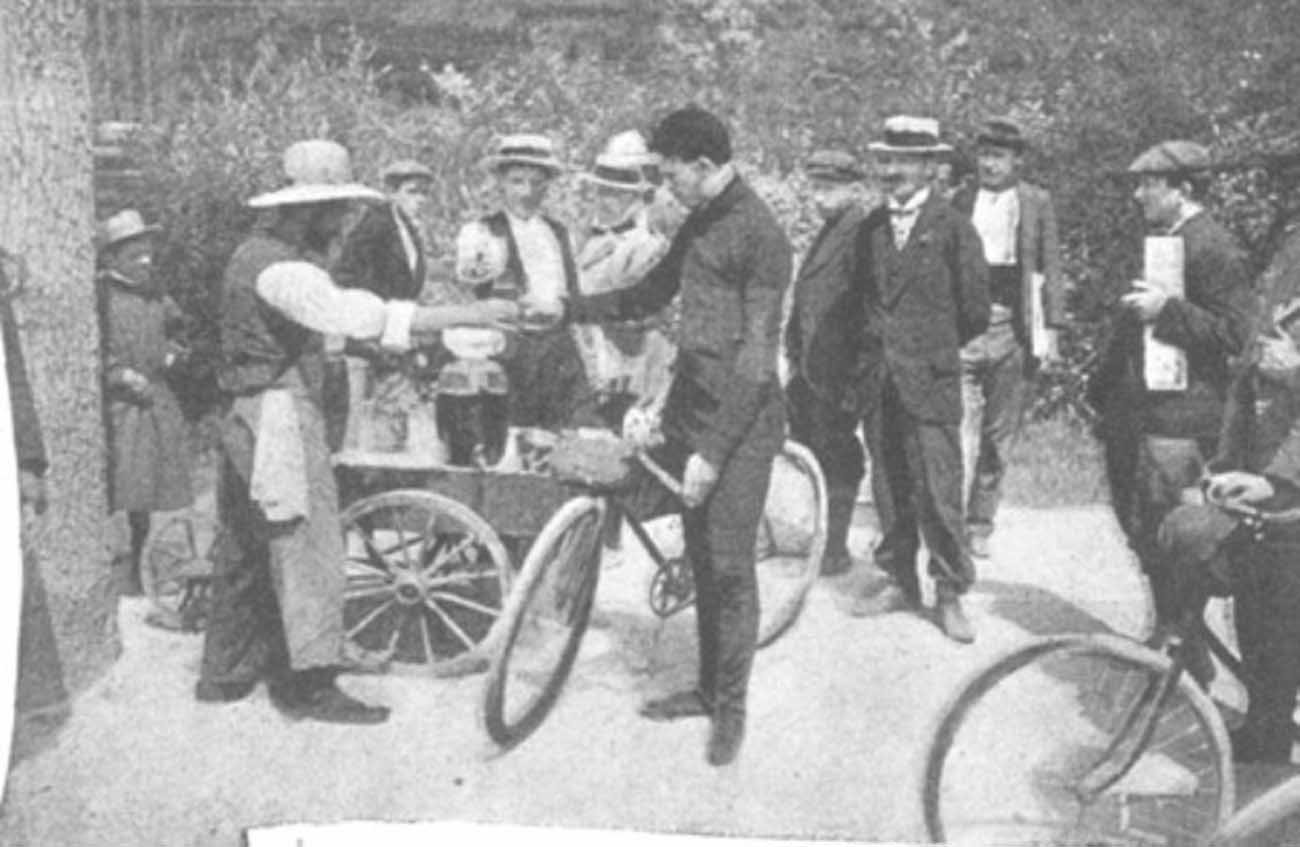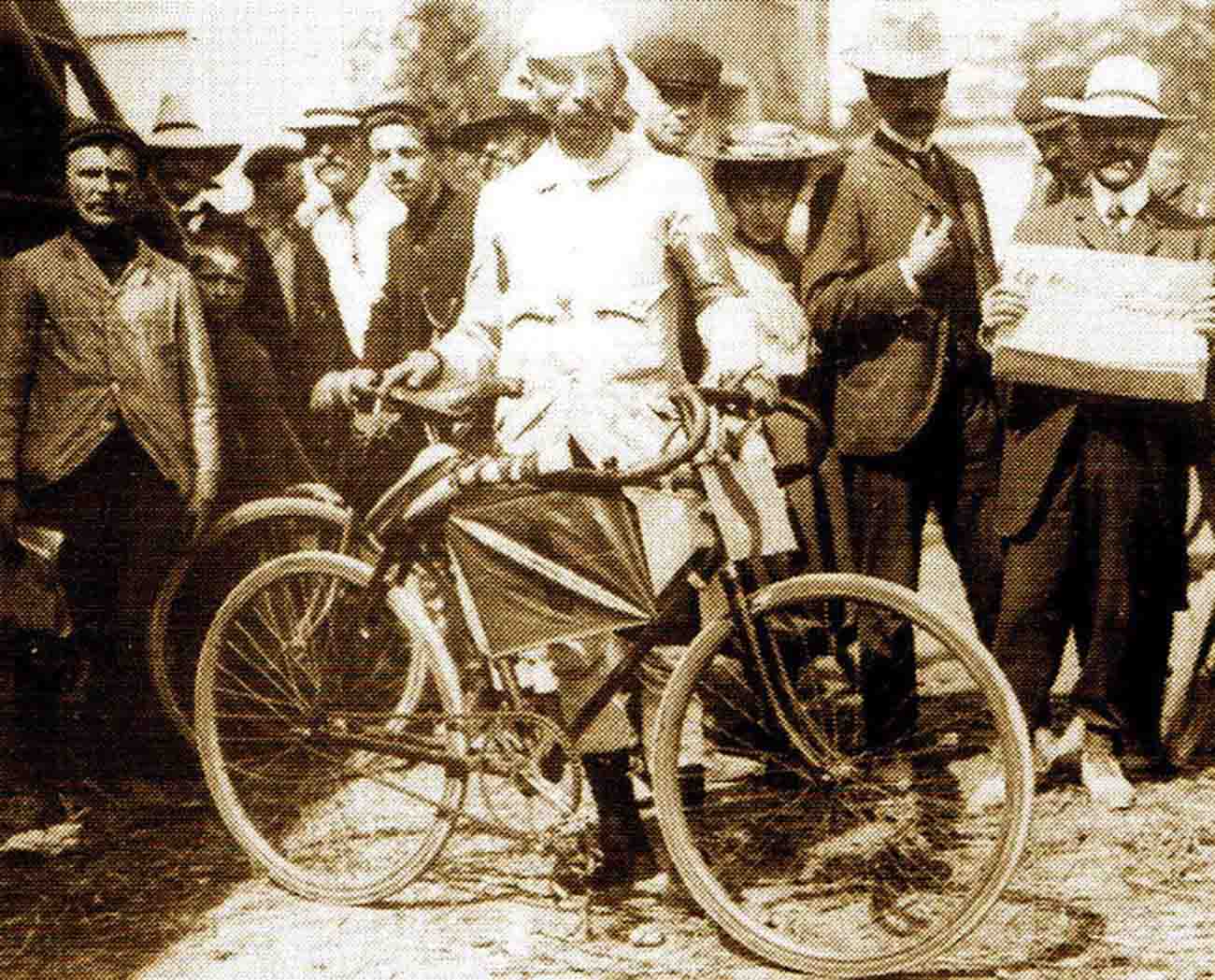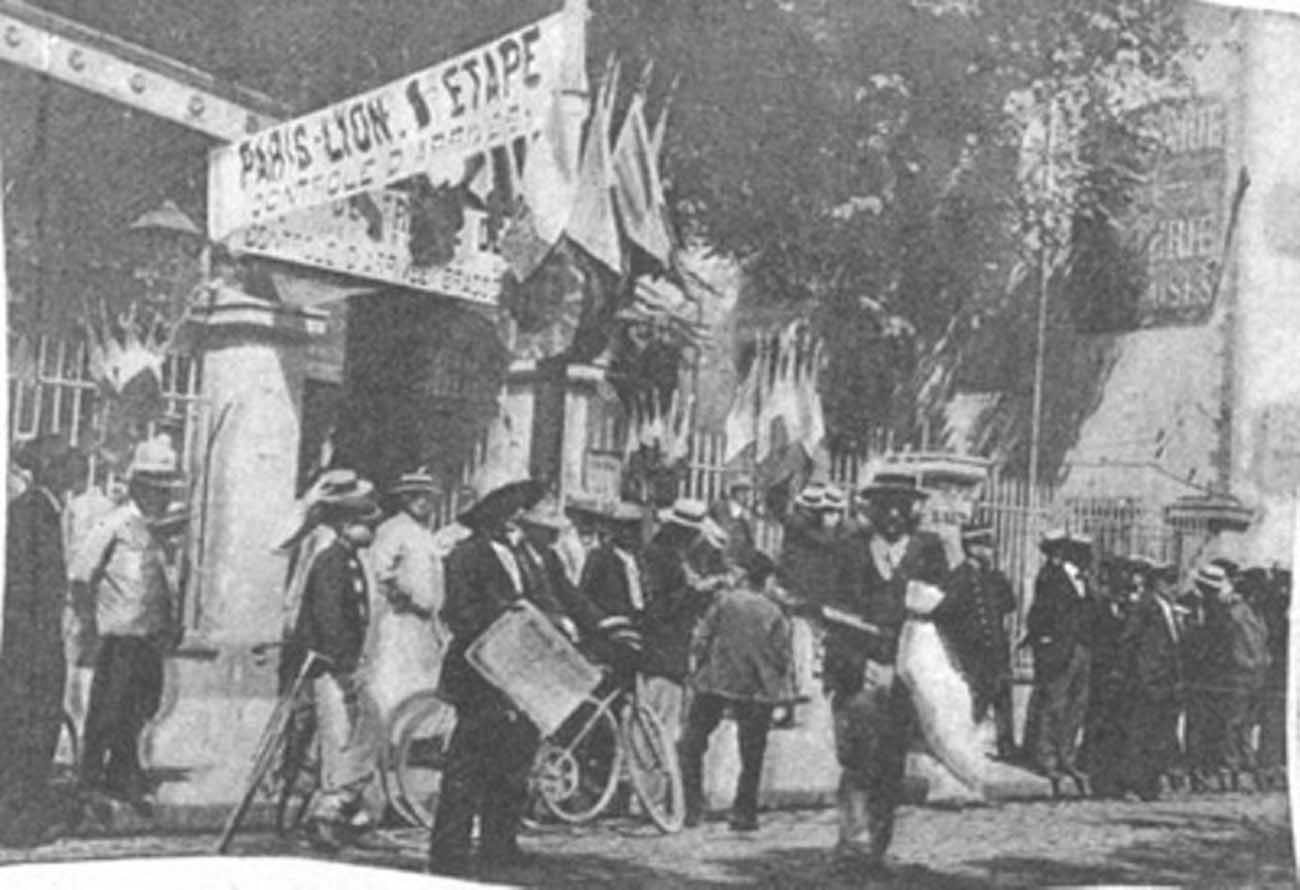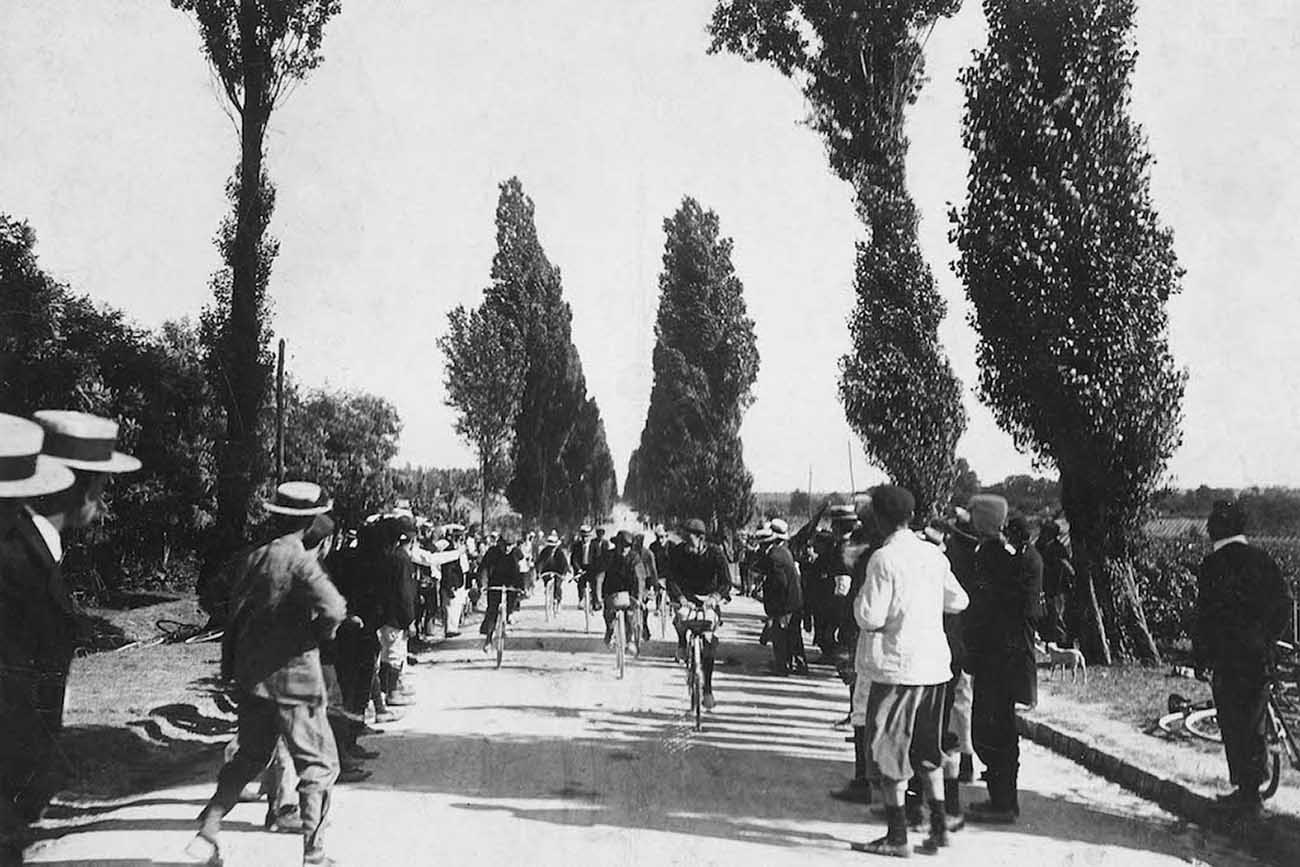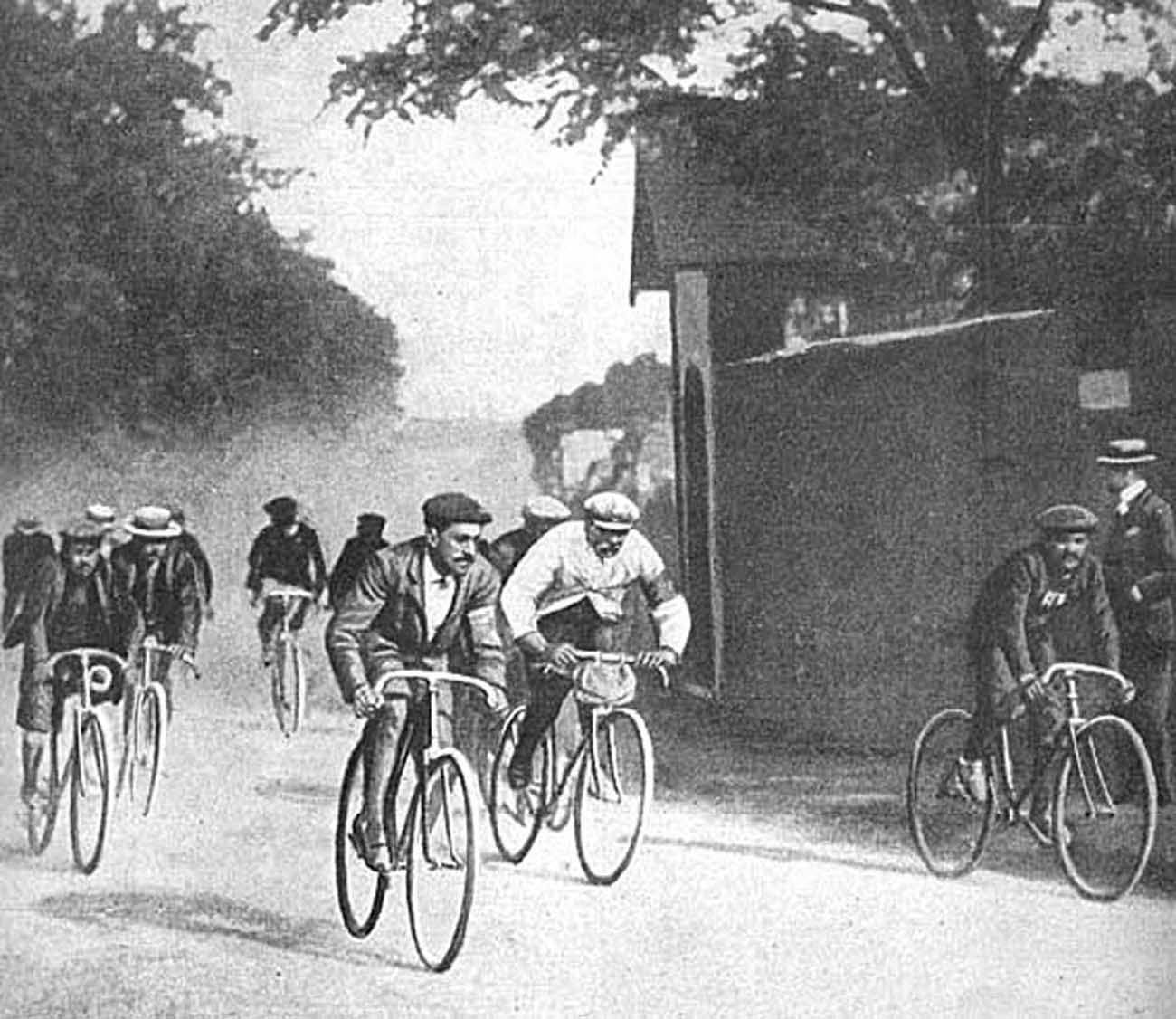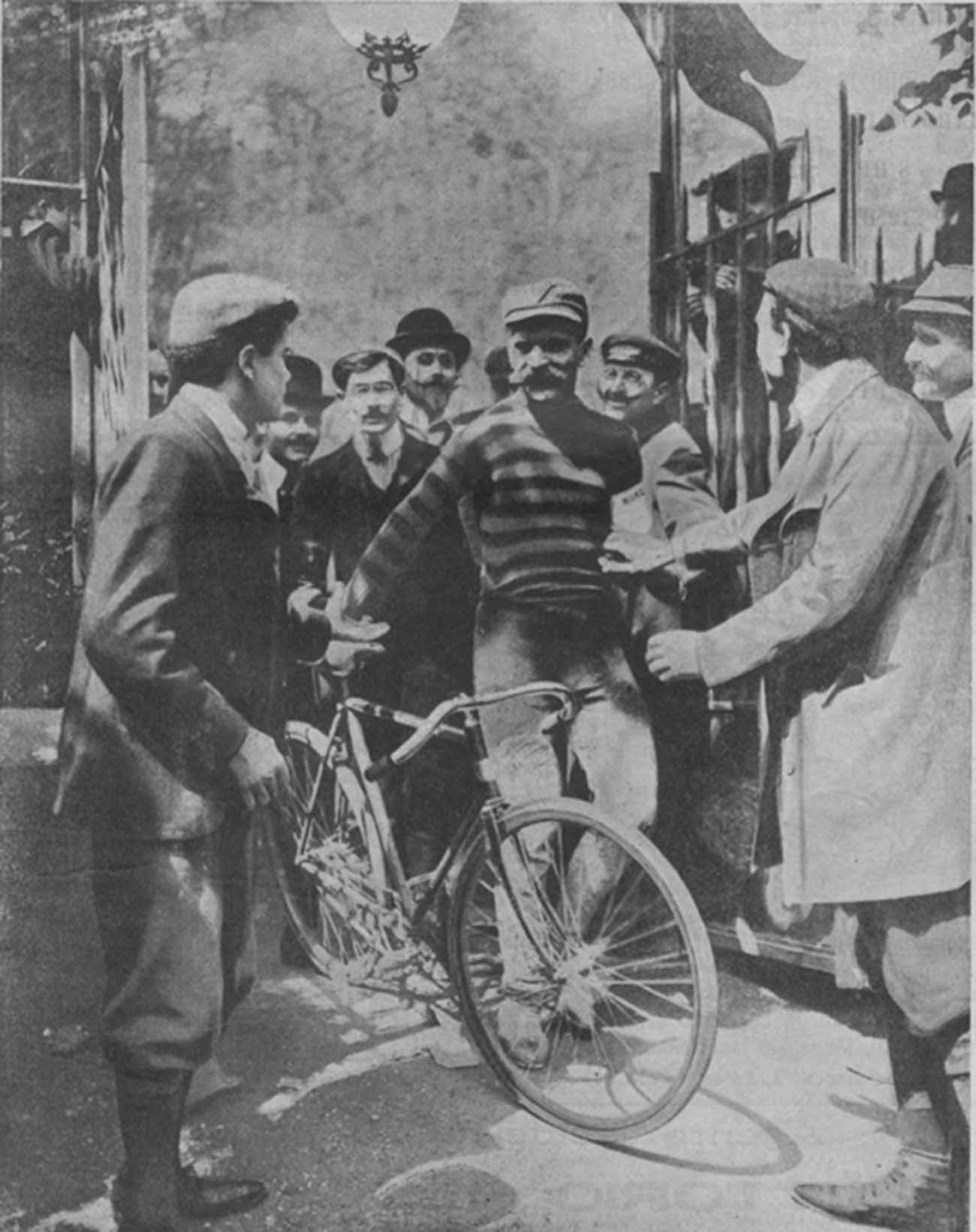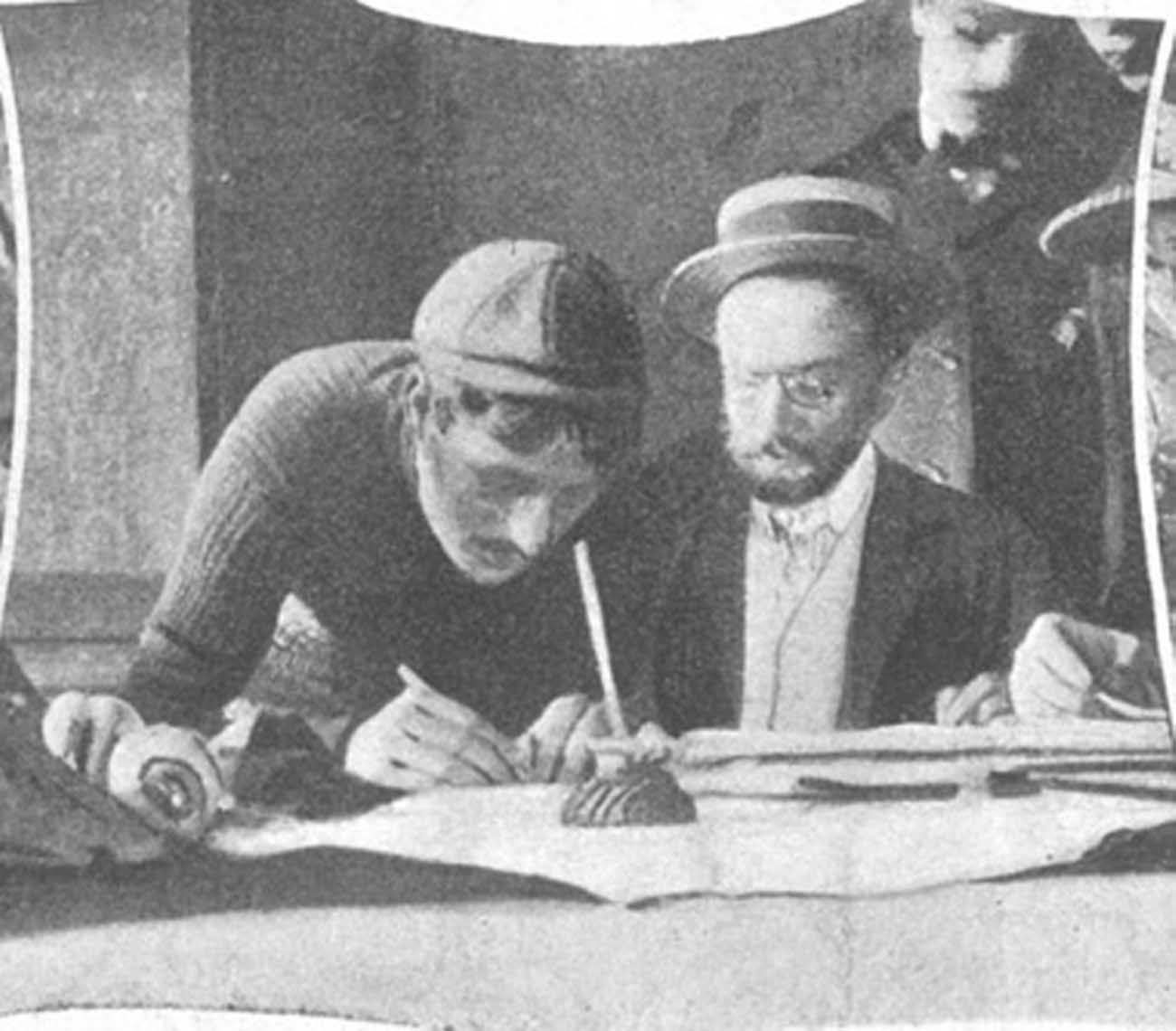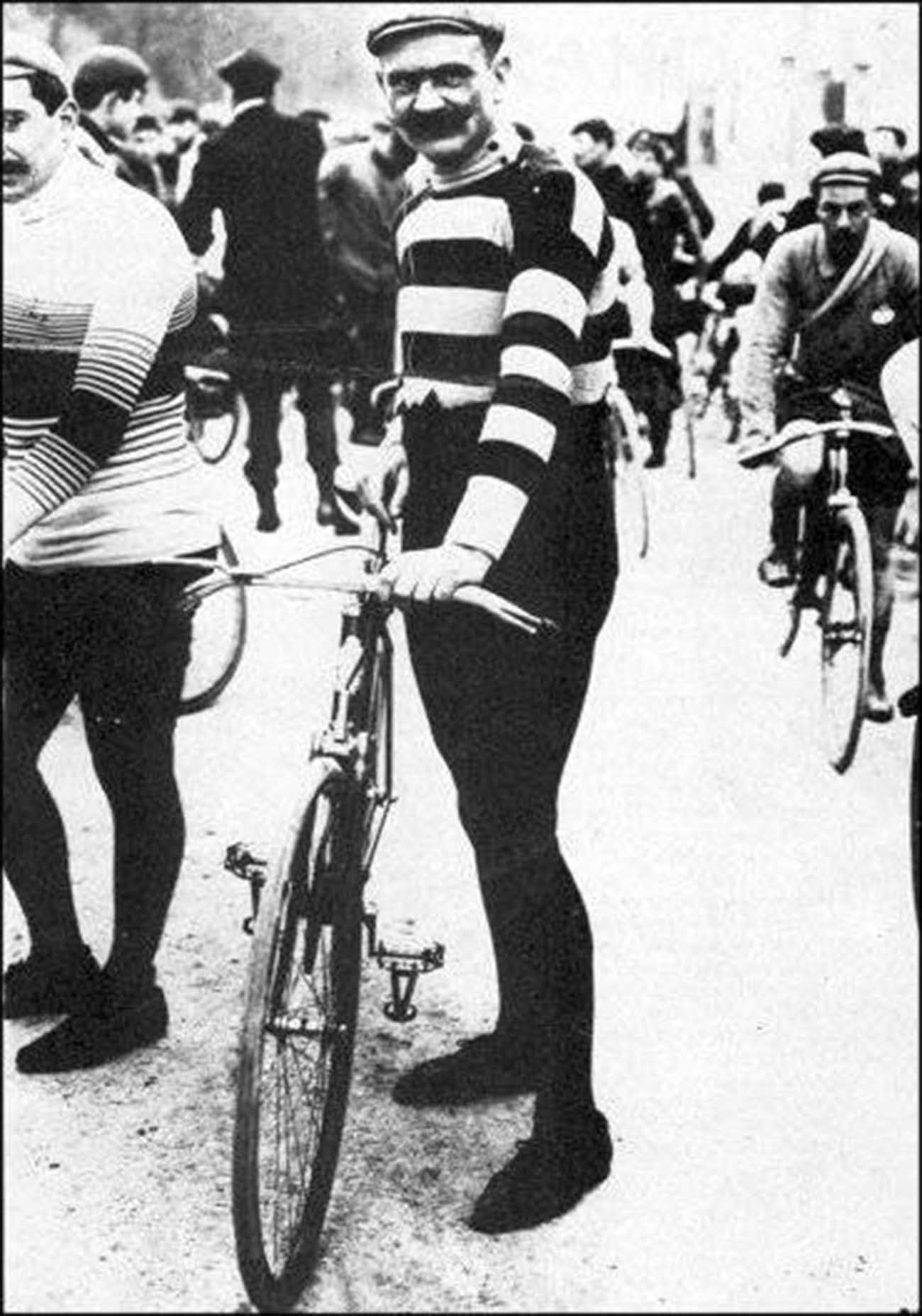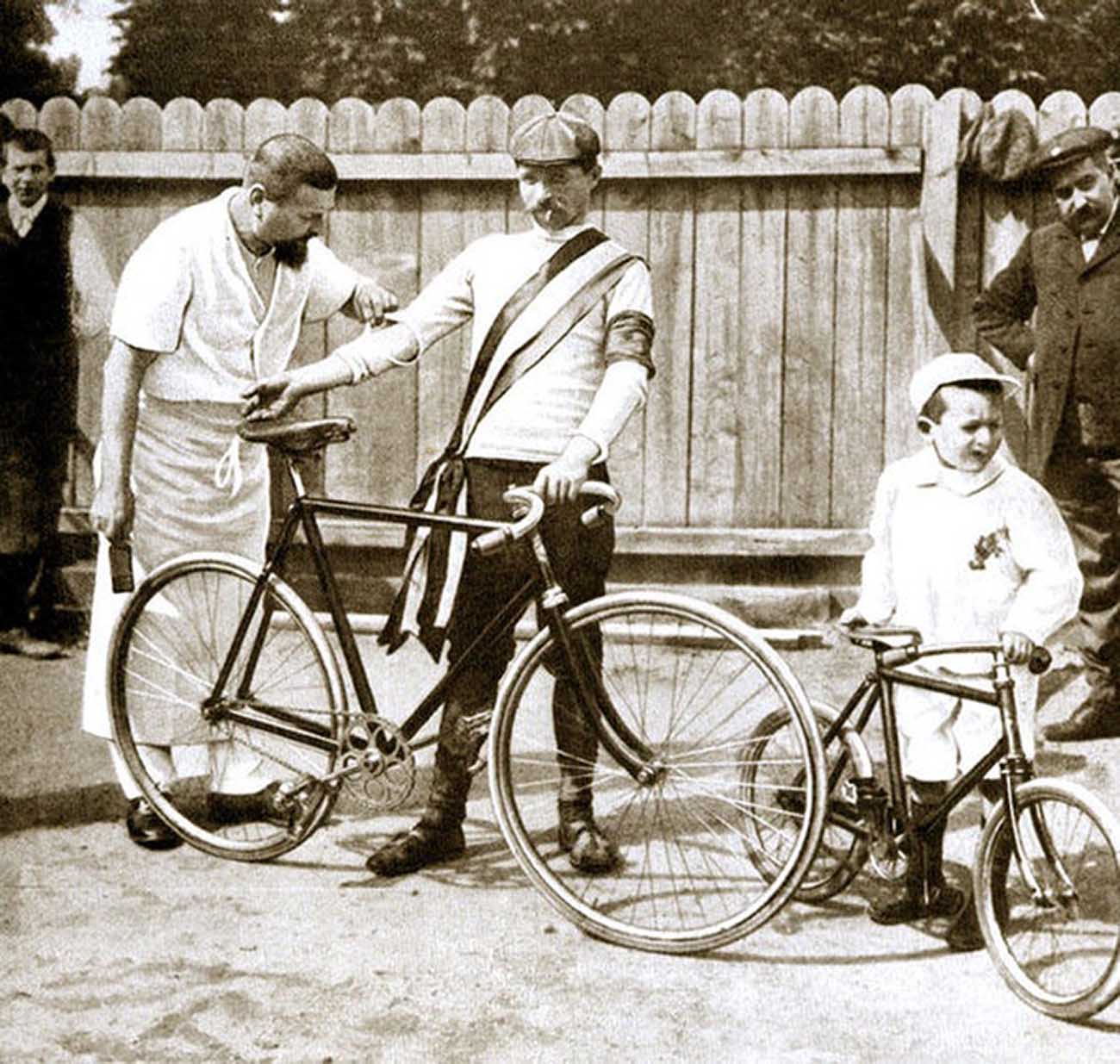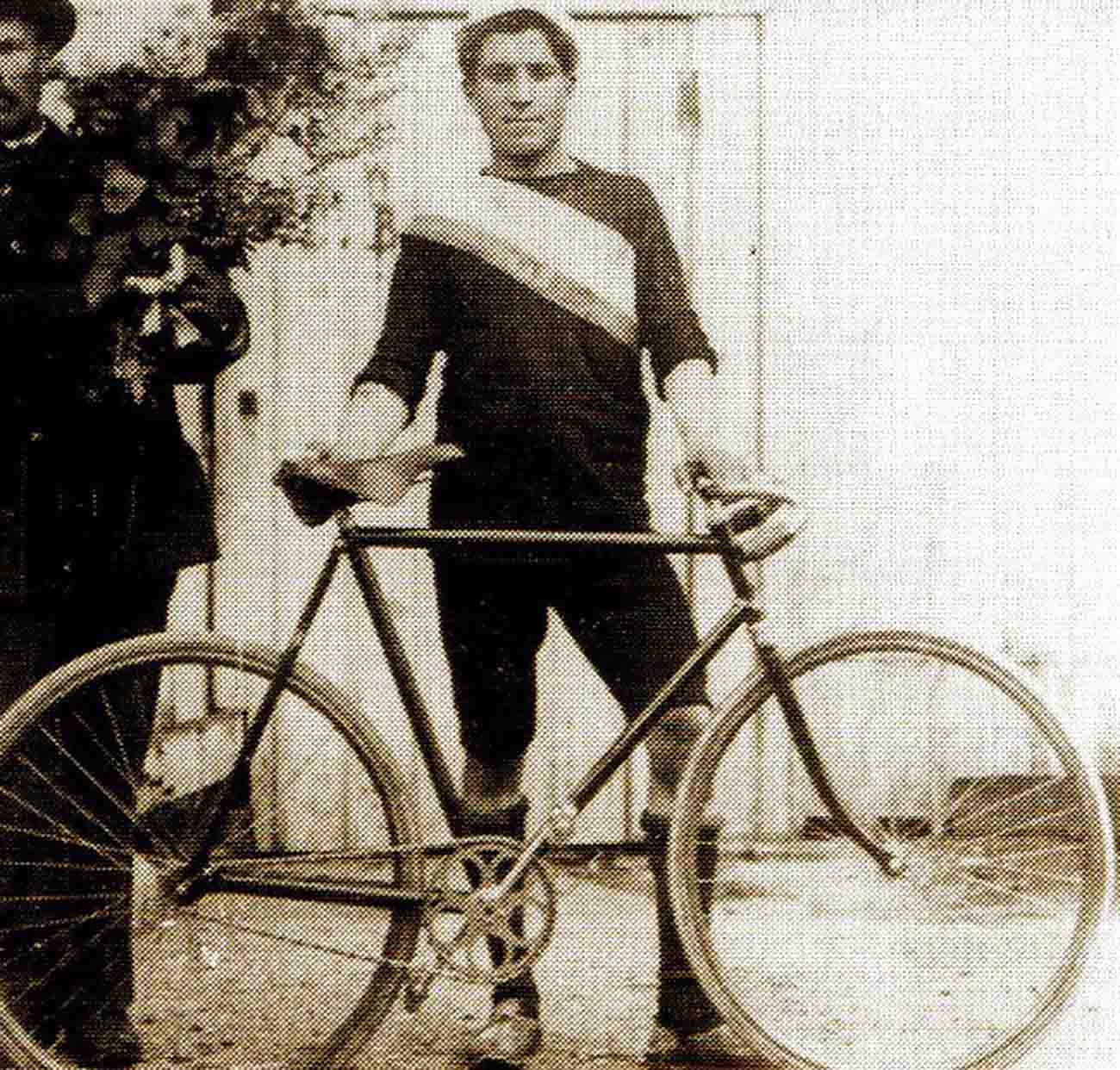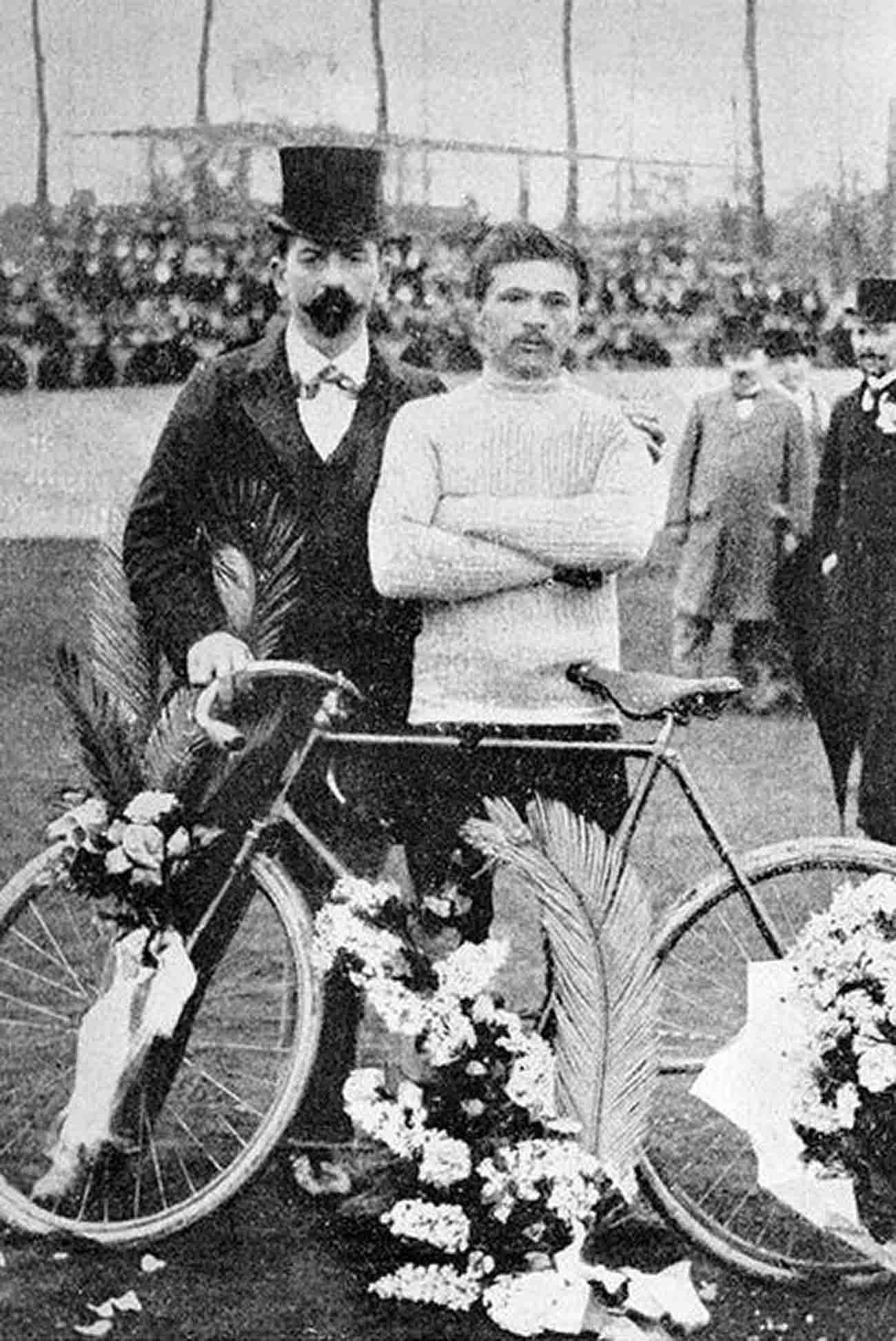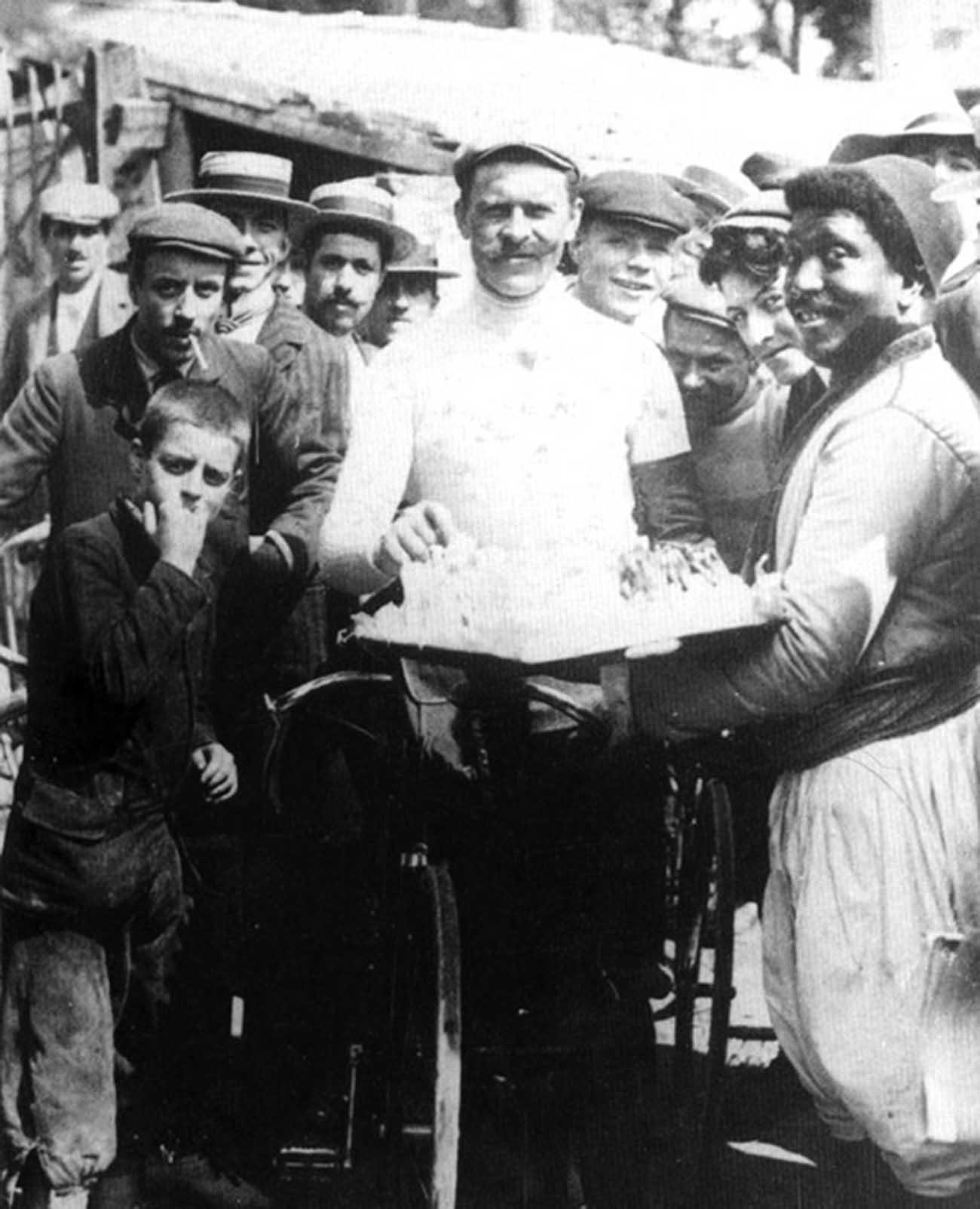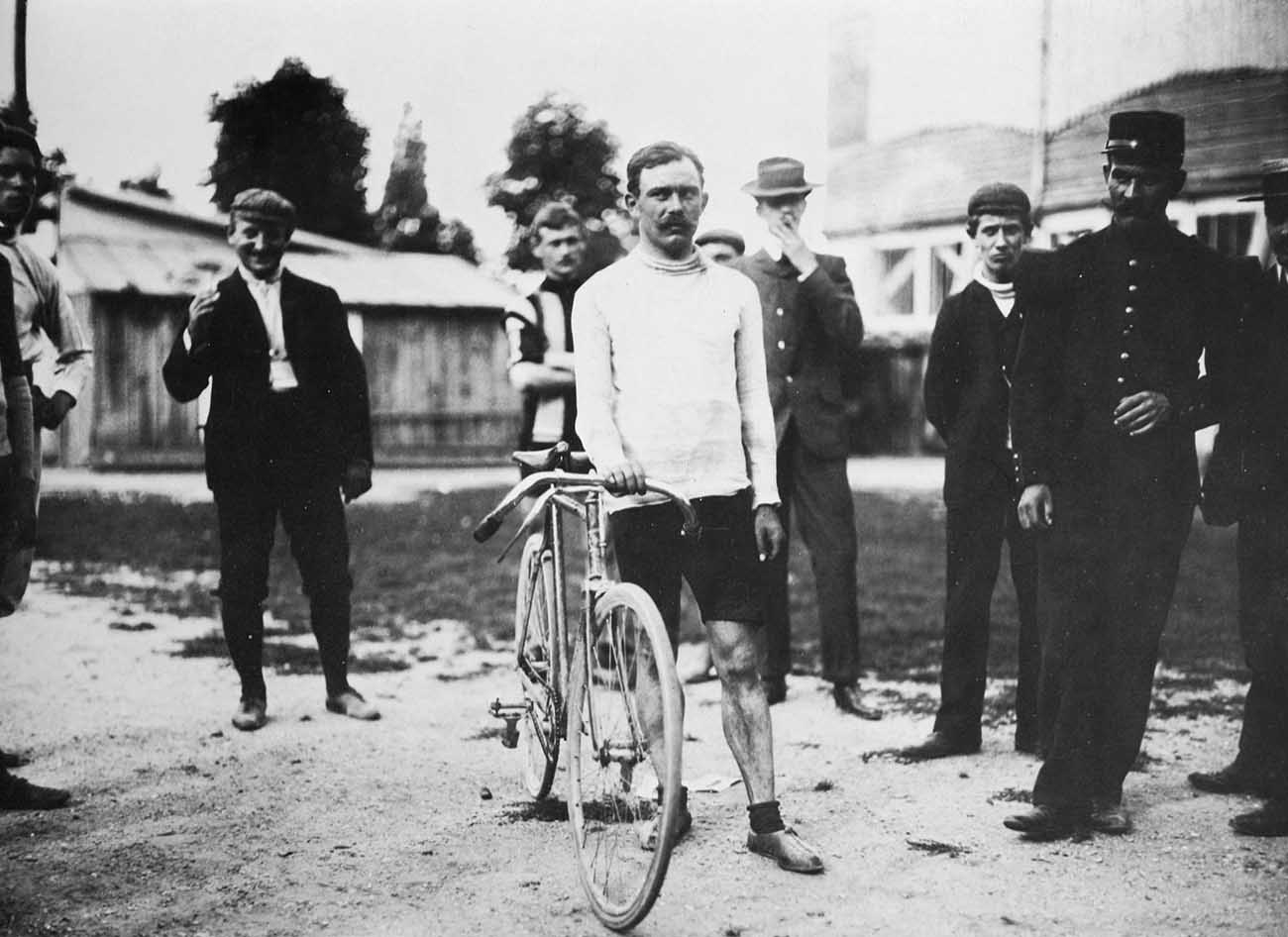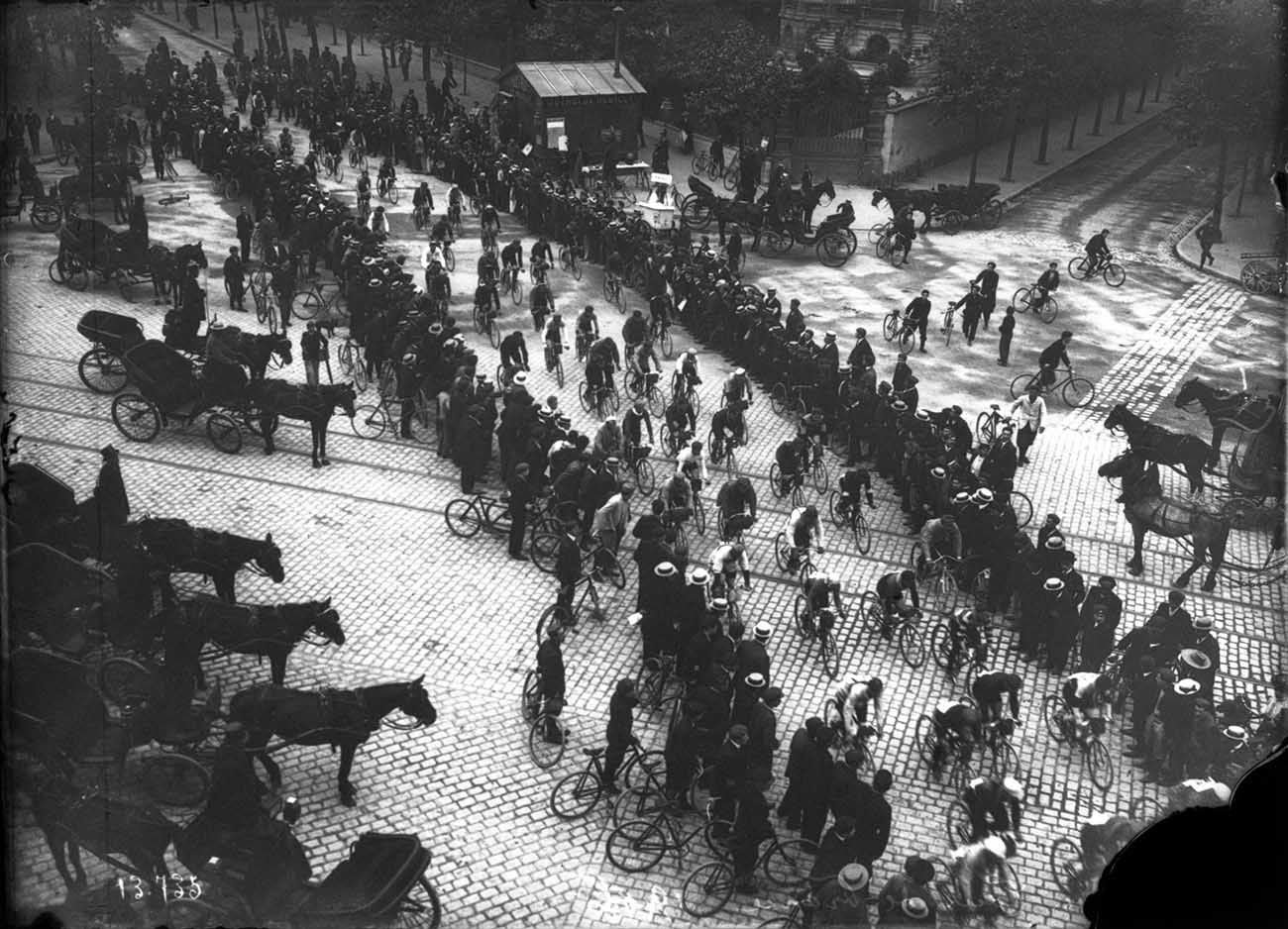First held in 1903, the Tour de France came about as a publicity stunt dreamed up by newspaper journalists. A ragtag bunch of cyclists set off from outside a bar on the outskirts of Paris. The Tour was transformed into a race with iconic leaders’ jerseys and a wanderlust that took it to the farthest corners of France.
The editor of L’Auto (the precursor of today’s l’Equipe) was desperate to find a way to win the circulation war with Le Vélo. The Tour de France was proposed to Desgrange as a sales promotion. The race was to last for five weeks, from 1 June to 5 July. The entry fee was 20 francs. The conditions attracted a minimal number of cyclists: only 15 had registered one week before the race was due to begin. The event was then rescheduled from 1 to 19 July, the prize money increased to 20,000 francs, the entry fee was lowered to 10 francs, and the first 50 cyclists in the classification were guaranteed at least five francs a day. In the end, 79 cyclists registered for the race, 60 of whom actually started it.
The 1903 Tour de France had six stages. A typical stage race distance was over 400 km, which is exceptionally long compared to modern stage races. Between each stage, cyclists had one to three rest days. The route was essentially flat, with one mountainous stage. Cyclists did not race in teams but as individuals. Cycling professionals often hired pacers to lead them during races in 1903. After the fifth stage, Desgrange decided not to allow pacers. It was initially planned to allow pacers in the final, longest stage. Stewards were stationed at various points to ensure that cyclists rode the entire route. There was no yellow jersey for the leader in the general classification, but a green armband identified the leader.
The race featured sixty cyclists, all professionals or semi-professionals, of which 49 were French, 4 Belgian, 4 Swiss, 2 Germans, and one Italian; 21 of them had sponsors, while 39 didn’t have any. Maurice Garin won the first stage and retained the lead throughout. He also won the last two stages and had a three-hour margin over the next cyclist. In addition to champagne, the riders rode to Parc des Princes, where they made several laps of honor in front of an adoring crowd over the sounds of a bugle.
After the race was over, a special edition of 130,000 copies was printed, and the normal circulation increased from 25,000 to 65,000 copies. After the immense success of 1904, the Tour de France was scheduled again for 1905. In addition to winning the next year’s race, Garin would be disqualified along with eight other riders for cheating, including using cars and trains illegally. The cyclists had also become national heroes.


